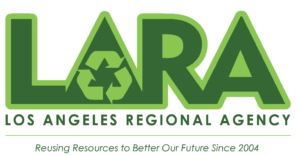
The U.S. Department of Agriculture and the Environmental Protection Agency — along with many private-sector and food-bank partners — recently announced the first ever national target for food waste. The California Air Resources Board goes even further and proposes the phaseout of organic waste by 2025.
“Approximately 40% of food in America goes uneaten — the equivalent of $165 billion a year. Globally, it’s estimated that at least one-third of the world’s food is wasted across the supply chain. Not only could curbing the waste have a profound effect on the very real issue of hunger but it could also help with less-obvious concerns — water supplies, energy and land use, even climate change (LA Times).”
So what does all this mean? Who’s responsible? We all will play an important role in reducing food waste.
Find opportunities for recycling that seem easy and reasonable to you. For example, if you are a restaurant owner that tends to generate a lot of extra food, you may want to look into food bank donations. If you are a resident who likes to cook at home, maybe you can start up composting. Finding simple ways to incorporate food waste diversion will ease the adjustment from waste to diversion.
Opportunites:
- Composting: Composting within the City of Los Angeles
- Donations
- Recycling Program – Create a program that works best for you:
- Source-separate organic waste from other waste and subscribe to an organic waste recycling service that specifically includes collection and recycling of organic waste.
- Recycle organic waste onsite or self-haul for organics recycling.
- Subscribe to an organic waste recycling service that includes mixed-waste processing that specifically recycles organic waste.
